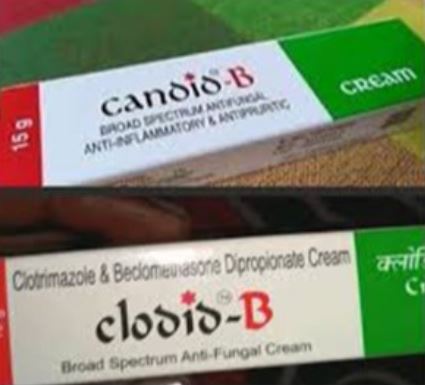Pharmaceutical Trademarks
Introduction
Trademark is a sign capable of distinguishing the goods or services of one enterprise from those of other enterprise. The sign includes Name, Word, Sound, Logo, Symbol, Design, Phrase which are Distinctive and Non-Descriptive.
Evolution of Trademarks
The use of trademarks dates back to the times when marks were affixed to establish ownership of the goods. These markings ensured that in case of a shipwreck the owners could identify the goods. Subsequently, after the onset of industrial revolution purpose of these marks changed, and people mostly affixed these marks to advertise and indicate the source of the goods.
The history of protecting these marks as trademarks started in 16th Century where common law courts considered using someone else’s mark as deceit and the action as “passing off” i.e. misleadingly indicating the source of goods to someone else by misrepresentation and confusion.
Legal requirements for registration of Trademark
- The selected mark should be capable of being represented graphically (that is in the paper form), therefore sound marks were written in notes, smell marks were put in chemical formulation.
- It should be capable of distinguishing the goods or services of one undertaking in relation to which it is being used from those of others.
- It should be used or proposed to be used in relation to goods or services for the purpose of indicating a connection in the course of trade between the goods or services and some person having the right to use the mark with or without revealing identity of that person.
SELECTING A TRADE MARK – PHARMACEUTICAL INDUSTRY
In pharmaceutical industry it is paramount that customers should easily differentiate between the products on the basis of the name and trade dress to reduce the medication errors. Therefore, before investing in a mark it is important to understand the law and act accordingly, which shall also reduce unnecessary hassle and legal cost.
Step 1 : Relevant trade mark sections to consider before selecting a mark
Accordingly Section 9 of the Indian Trademark Act, 1999 provides absolute grounds for refusal of trademark registration, for marks which are devoid of any distinctive character, i.e. not capable of distinguishing the goods or services of one source to another and it is of such nature as to deceive the public or cause confusion.
Section 11 of the Indian Trademark Act, 1999 provides relative grounds for refusal of trademark registration on similarity to an earlier trade mark which is likely to create confusion among customers.
Section 13 of the Indian Trademark Act, 1999 limits restricts registration of names of chemical elements or international non-proprietary names. More particularly, commonly used and accepted name of any single chemical element or any single chemical compound (as distinguished from a mixture) in respect of a chemical substance or preparation, or international non-proprietary name declared by the World Health Organisation or which is deceptively similar to such name, are not registered.
SteP 2: Key Points to create a strong Trademark
A strong mark fulfills two main objectives, stops third party use, and is easier to protect. A strong mark should therefore:
- have a distinctive character;
- avoid likelihood of confusion with existing marks and/or existing inter-national non-proprietary names; and
- not have a derivative of prior mark or existing INN (International Non-proprietary Names).
STEP 3: Avoid while deciding a Trademark
Generic words/terms – these are common everyday names for goods and services, in case of pharmaceutical e.g. “pharma” or “anti” for Pharmaceutical Products.
In case of pharmaceutical products it is very common to find generic names as trademarks which are coined for easy identification of chemical names in the drug. Although, a generic name may help avoiding confusion between medication or medical errors, these marks are weak marks as they do not indicate the source of the products rather just indicates the ingredients, hence considered a weak mark, and a source for confusion for the consumers. E.g. CELEBREX (celecoxib), CEREBYX (fosphenytoin), CELEXA (citalopram) etc.
AZIWOK and AZIWIN indicate “Azi”- a common stem indicating Azithromycin combined with “WOK” and “WIN” acting as variable suffix. Although both the names are different but not very distinctive and do not indicate towards their producers or manufactures, and are liable to be objected under Section 9 and Section 11 of the Indian Trademarks Act, hence are categorised as weak marks.
Avoid descriptive words/terms – directly describe the features or quality of the goods or services or provide the information but do not identify or distinguish the goods or the services e.g. CREAMY for milk.
Avoid Suggestive marks – suggest qualities or characteristics of the goods and the services without actually describing them e.g. ULTRA GROW for Hair growth formula.
Avoid Likelihood for Confusion: The likelihood of confusion exists when the marks of the parties are similar (looks alike, sounds alike, similar meaning or creates similar overall commercial impression) or the parties have related goods and services in such as way that the consumers are likely to believe that it comes from the same source. The manufactures should make bonafide effort to make the mark distinctive, by using different trade dress (over all look of the packaging) or taglines etc. to avoid likelihood of confusion.

Author : Amit Sudarsan (Toxicologist, LLM)
